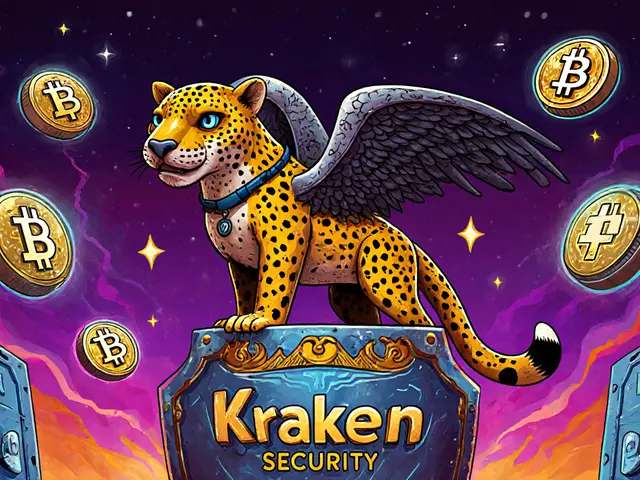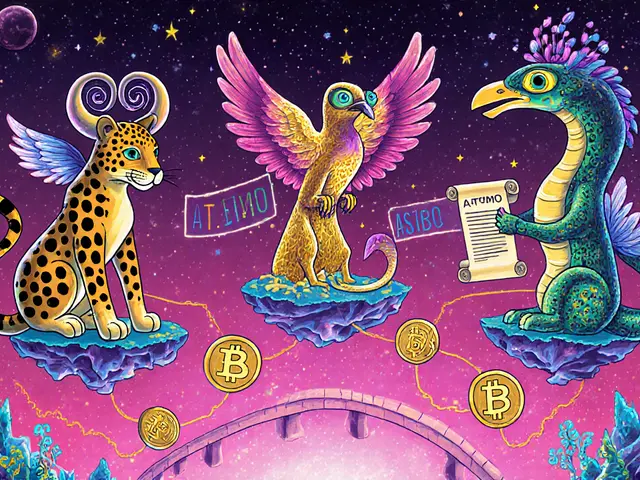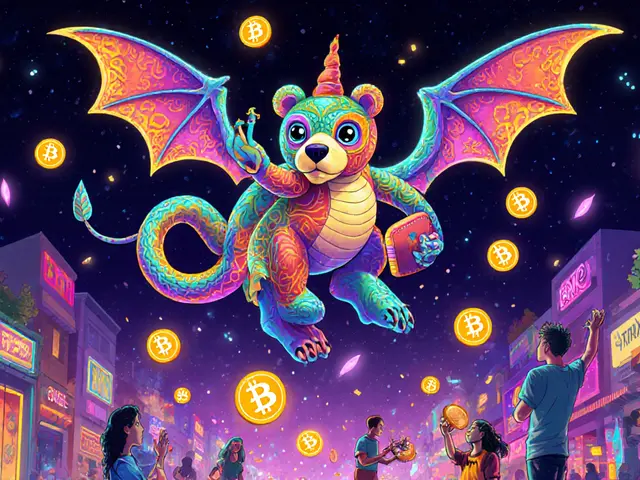SakeToken rewards: What They Are, How They Work, and Why Most Are Dead
When you hear SakeToken rewards, incentives tied to a specific cryptocurrency token, often distributed as airdrops, staking bonuses, or loyalty points. Also known as token incentives, these are meant to reward users for using a platform, holding a token, or participating in a community. But here’s the truth: most SakeToken rewards you see online don’t exist. They’re either abandoned projects with zero trading volume, fake airdrops designed to steal your wallet info, or tokens with no real utility behind them.
Look at the projects linked to this tag—Franklin (FLY), a micro-cap ERC-20 token with near-zero activity and no development team, or BSClaunch (BSL), a Binance Smart Chain token that launched with hype but vanished within months. These aren’t anomalies. They’re the norm. Crypto rewards often sound like free money—until you realize the project has no team, no liquidity, and no roadmap. Even veDAO (WEVE), a token that doesn’t exist on any blockchain, was used to trick people into thinking rewards were coming. Real rewards come from active ecosystems: trading volume, locked liquidity, updated code, and transparent teams. If none of that is there, the reward is just a lure.
What you’ll find in this collection aren’t guides on how to claim SakeToken rewards—you won’t find any legitimate ones here. Instead, you’ll find breakdowns of why so many of these rewards fail. We cover real cases: the fake airdrops, the dead DEXs, the tokens with zero supply, and the scams disguised as loyalty programs. You’ll learn how to spot the difference between a working incentive and a ghost promise. No fluff. No hype. Just what actually happened to these projects—and how to protect yourself from the next one.










